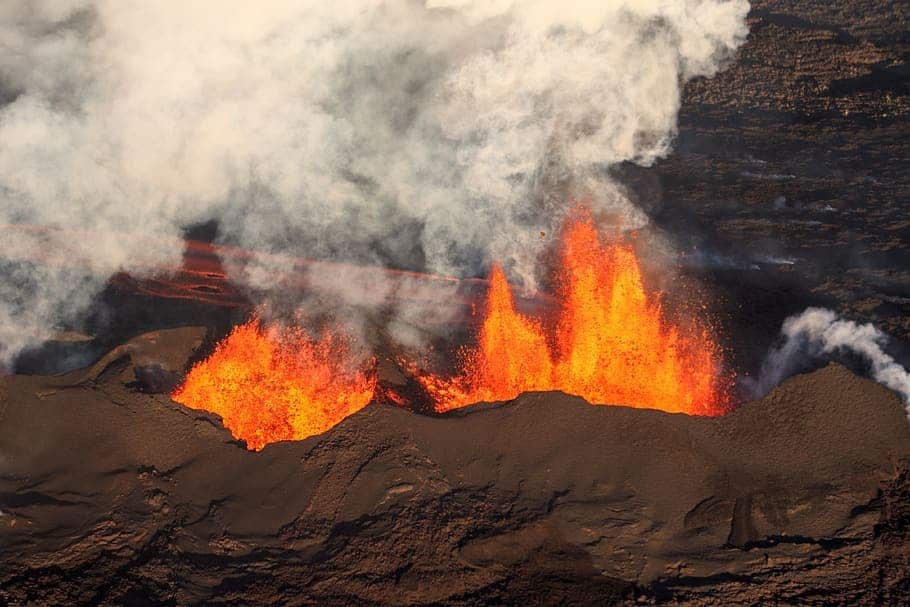This phenomenon was previously thought to be too slow to influence eruptions, researchers say, but can play a role — and it can help researchers better assess the risk of some eruptions.

Volcanic eruptions are not all the same. Think of the mellow, fluid eruptions of Hawaii, and compare them with an explosive eruption such as St. Helens, which released a towering plume of ash for more than nine hours. The main reason why there are such major differences in eruptions is chemistry — the chemistry of the magma.
Basaltic magmas (sometimes called basic) tend to have mellow and fluid eruptions, while magmas that resemble the composition of granites (also called acidic magmas) tend to be more explosive. However, it’s not this alone that predicts whether the eruption will be calm or violent. Volatile components (most notably water molecules) can also make explosions more violent.
Now, researchers have found that a new factor also plays a part: magma crystallization.
When magma cools down, it often forms crystals. If it cools down slowly, in the bowels of the earth, it tends to form large ones, but when it cools down quickly, it produces small crystals (or doesn’t crystallize at all). When these small eruption crystals are formed, it can increase the magma viscosity, which in turn causes the magma to break, triggering an explosion.
Fabio Arzilli, from The University of Manchester, and his colleagues discovered this process using a combination of numerical modeling and in situ and ex situ experiments. They also confirmed their experiments with observed natural samples from previous highly explosive basaltic eruptions, such as the 1886 Tarawera eruption in New Zealand. This process does not always happen, but sometimes it does, and it can help explain why some eruptions are surprisingly violent. Arzilli comments;
“We found that, under certain conditions consistent with highly explosive eruptions, crystallization can occur within a couple of minutes during magma ascent.” This means that, in theory, all volcanoes can become violent. “Our results imply that all basaltic systems on Earth have the potential to produce powerful explosive eruptions.”
However, in practice, this doesn’t really happen. Just take the Hawaii hotspot as an example: the basic eruptions there are almost always liquid and non-explosive, due to the low content of gases and high temperature at the vent. Very small amounts of volcanic ash are produced.
“This has important implications for the volcanic hazard and risk, on not only the regional, but also the global scale. Indeed, Icelandic eruptions are recognized as one of the highest priority risks in the National Risk Register of Civil Emergencies for the UK population.”
But what this study shows is that under some conditions, even basic eruptions can be explosive — which is an important piece of the puzzle for volcano awareness.
Journal Reference: Fabio Arzilli et al. Magma fragmentation in highly explosive basaltic eruptions induced by rapid crystallization, Nature Geoscience (2019). DOI: 10.1038/s41561-019-0468-6









